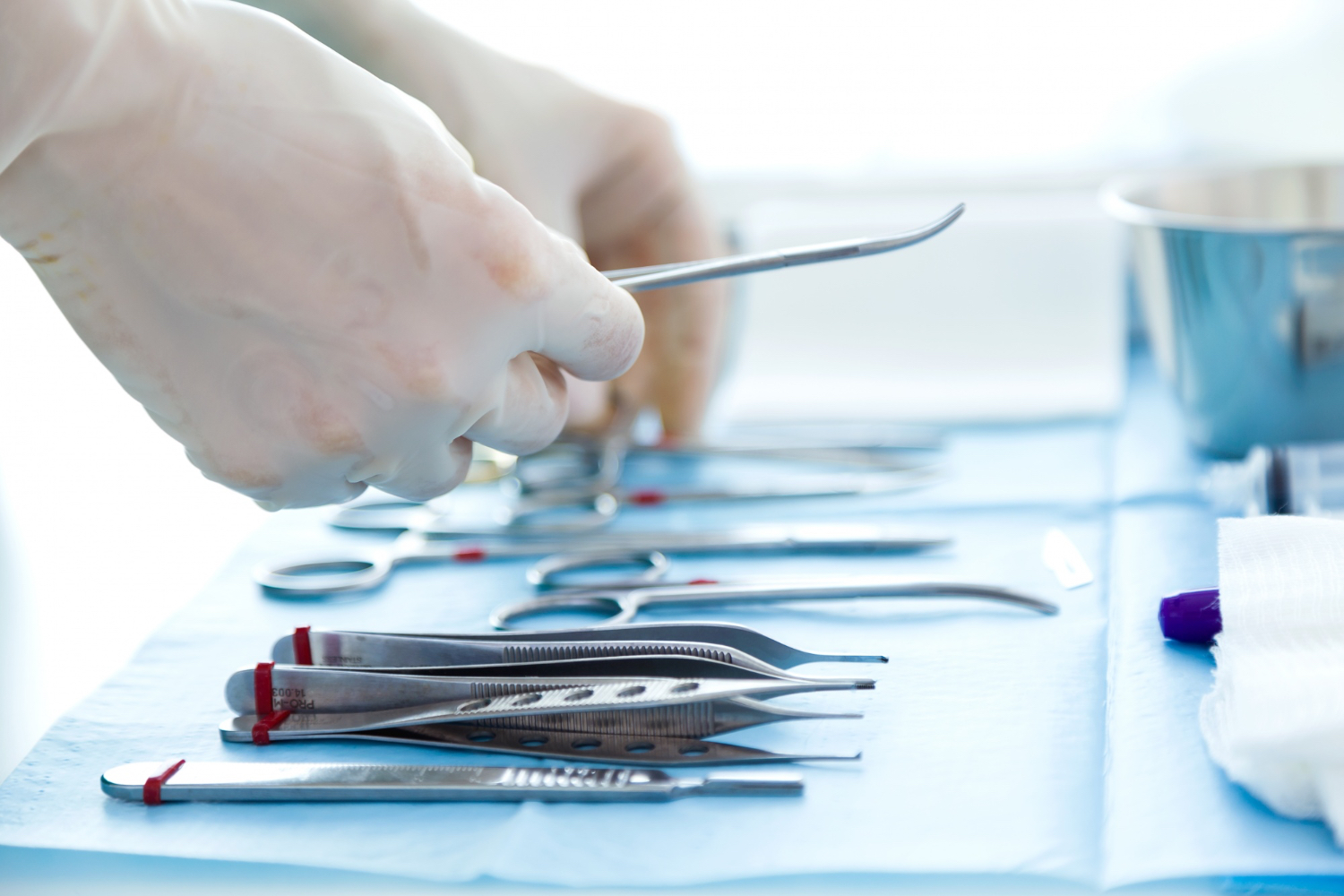
Whether setting pedicle screws, placing pacemakers or inserting stent grafts, your hospital needs the right equipment for surgical guidance. That’s where C-arms come in. They are designed for precision, amplifying the benefits of surgeon skill and expertise. They also offer user-friendly operation panels and low radiation levels for image capture.
Patient Comfort
As the medical community continues to refine minimally invasive procedures, patients are demanding them. This trend has dramatically increased C-arm use, especially in outpatient centers and surgical clinics. Minimally invasive surgery decreases pain and trauma to the patient while decreasing costs for hospitals and insurance companies. C-arms have helped to make this possible by providing a real-time view of the anatomy. It allows surgeons to place needles, stents and other devices in the correct location. C-arm models like the Orthoscan MDI offer multiple cost-conscious options and a more advanced model that can help clinicians perform various orthopedic, cardiac and vascular procedures.
Image Quality
Image quality isn’t based on just one part of the system; it combines several components that output what we recognize as good image quality. Image resolution, system power, field of view and monitor displays all play a role in determining image quality. For vascular and cardiac procedures, you should look for a C-arm with a 12″ image intensifier, bigger tube/generator capacity and larger image storage, as well as the Subtraction and Road Map options for contrast imaging. For other procedures, a 9″ image intensifier will suffice. The General HD imaging profile helps soften bone and dense tissue for the visualization of devices and offers a high-quality radiography mode. The system’s rotatable base allows for multiple positioning movements, including longitudinal travel, lateral tilt, Trendelenburg and axial rotation. This flexibility enables precise positioning and quality imaging for any procedure without repositioning the patient or moving the C-arm stand.
Maneuverability & Repairability
A C-arm must be able to travel swiftly and readily to various body parts depending on the treatment without requiring the patient to be repositioned. It reduces the amount of radiation exposure for the surgeon and patient and saves time. Another consideration is the C-arm’s ability to interface with other imaging systems and computer software. If the machine can connect to your image-guided surgery system, it will be a more versatile piece of equipment and a better investment. Finally, a good C-arm should also have the capacity to be serviced and supported easily. Your institution should have a designated person or team responsible for the unit’s upkeep and providing staff training and radiation safety education. Having an established service plan will also help to minimize the number of repairs needed and prolong the life of the device.
Radiation Dosage
C-arms are critical surgical equipment for many orthopedic procedures, including implant placements and fracture alignments. The real-time high-definition imaging these systems provide can bolster accuracy and patient safety for various orthopedic cases. Aside from improving image quality, newer C-arms can limit radiation dose by using pulsed fluoroscopy settings that control the amount of radiation the system delivers per pulse. It is especially true for newer digital subtraction angiography (DSA) models, which can reduce radiation dose by up to 40%. If your clinic wants to add vascular capabilities to your existing C-arm, consider options with a 12″ image intensifier, bigger tube/generator capacity and higher image storage. Aim for models offering a Subtraction and Road Map option to perform contrast imaging. Radiation dose is one of the biggest concerns when selecting a C-arm, so remember that repeated exposure to ionized radiation can lead to various health conditions, from skin reactions and hair loss, to cataracts, cancer, and, infertility.